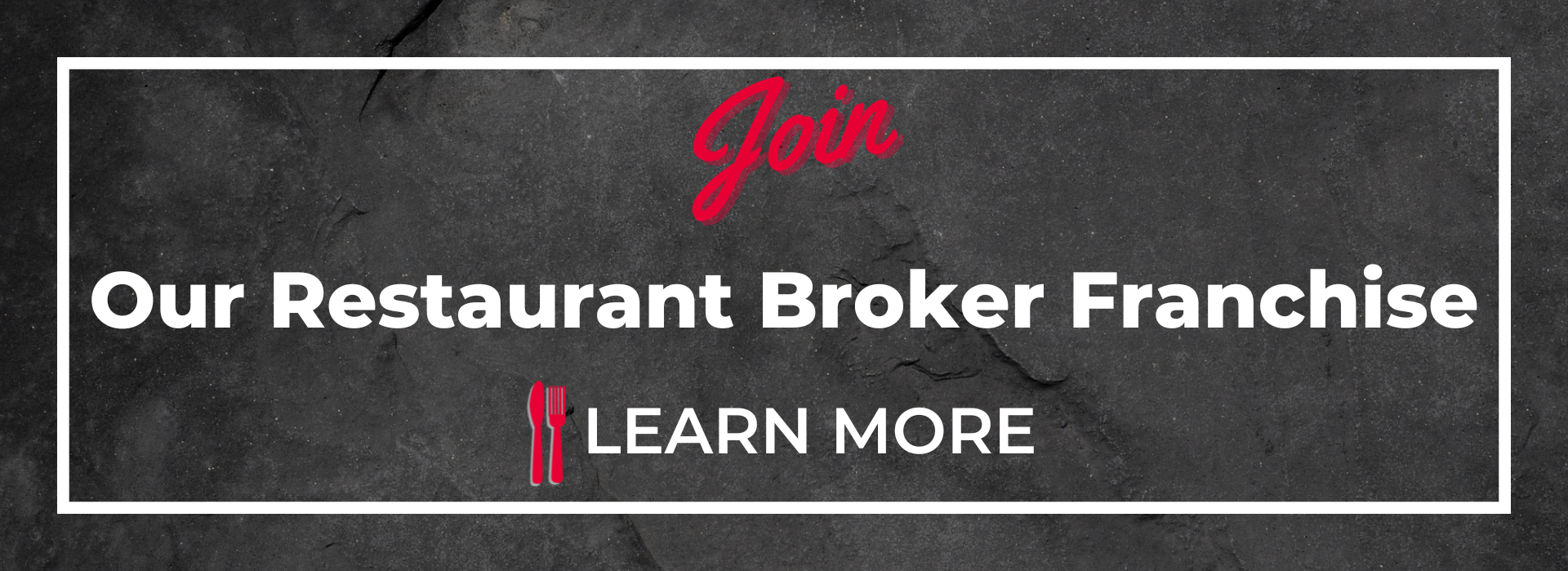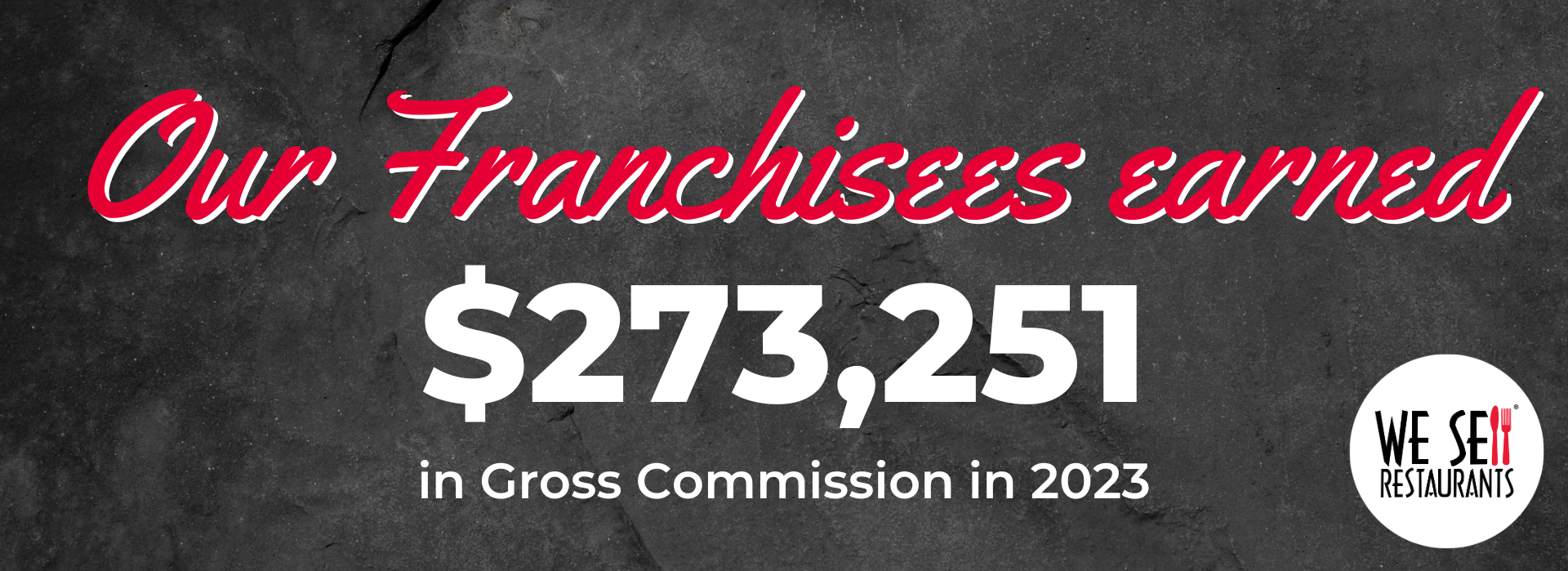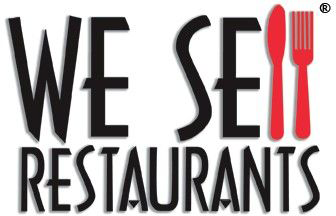It’s true. Selling restaurants is tied directly to basic math and not even tough math at that. It’s the basics of addition, subtraction and multiplication you learned in fifth grade (at least that’s when this restaurant broker learned it – I’m totally not sure not sure about this common core math they’re teaching now).
Selling restaurants by the numbers means starting with the profit and loss statement. That’s why restaurant brokers like ours at We Sell Restaurants will request the latest financial data. At this point you may be asking, what about sales? Sales are actually immaterial to the valuation but may impact lending if they are trending negatively for multiple years. Despite anyone trying to tell you otherwise, understand that sales are not a measure of earnings, they are simply a denominator (remember that fifth grade math again?) in evaluating all expenses as a rate to sales.
Subtraction
Once the profit and loss statement is on the table, the simple math begins. We begin by subtracting certain expense from the P&L which increases the profit. Why would we do this as restaurant brokers? Because selling restaurants by the numbers means we need a clean earnings number without interest, taxes, depreciation and amortization. That’s commonly known as EBITDA in the in the financial community. We remove these items or subtract them to state a true earnings calculation for a new buyer.
Here’s why. After all, he or she will not have your debt structure so removing your interest makes sense when you consider it from this perspective. He or she will have a different taxable basis for the purchase which means your depreciation and amortization is also immaterial. After all, depreciation and amortization are non-cash estimates of a write off of your usable equipment and or intellectual property to allow for repurchase. They decrease income on your P&L but are never really cash out of pocket to either you or the buyer. 
Addition
After we do our subtraction, we begin our addition when selling restaurants by the numbers. We add back the earnings of a single person managing the business on a day to day basis. That may be a restaurant seller or it may be a manager. The key here, in selling restaurants by the numbers is that we can ONLY add back one full time salary. That means a number of scenarios have to be considered.
Before adding back this salary. A few examples are outlined below to show how this works to recast earnings on this basis or use our basic addition or subtraction skills.
Example 1: Absentee owner making $50,000 in salary and a Manager in place making $35,000.
This example of selling restaurants by the numbers creates an addition to earnings of $85,000. Why is that? We assume the new owner will come in and take over the roles, responsibilities, and thus the pay to operate the store personally. The absentee amount is added back because that will also go to a new owner.
Example 2: A husband and wife work in the store and make a combined amount of $75,000.
In this case, we can only add back ONE salary. A new owner cannot take over the roles of two people. He or she will have to hire someone to do the work of the second operator.
Example 3: An owner todays works full time in the business and takes no salary.
There is no add back for owner salary. The same scenario would exist for a single owner/operator. He could choose to deflect bottom line earnings on the books to salary but the amount of money remains the same.
Multiplication
Now our math expands to multiplication. This is when we take the previously calculated number of the bottom line P&L minus interest, taxes, depreciation and amortization plus the appropriate owner earnings addback and then we multiple this by a market variable for this restaurant. Now we’ve used all our basic math skills of addition, subtraction and multiplication.
In selling restaurants by the numbers, everyone immediately asks for the “multiple’ as if it were the answer key to today’s pop quiz in math class. The answer is not straightforward and it is not a “one size fits all” scenario. If the business on the market is a franchise or has six figure earnings, the multiplier goes up. If it’s an ice cream store being sold in February, the multiple could go down. A strong restaurant broker will have access to comps, market level multiples and information to arrive at the right number.
That’s it. Basic math gets you the answers you need for selling restaurants by the numbers. Want to know what your restaurant is worth? Reach out to us online at this link or click below.


 404-800-6700
404-800-6700.png)











